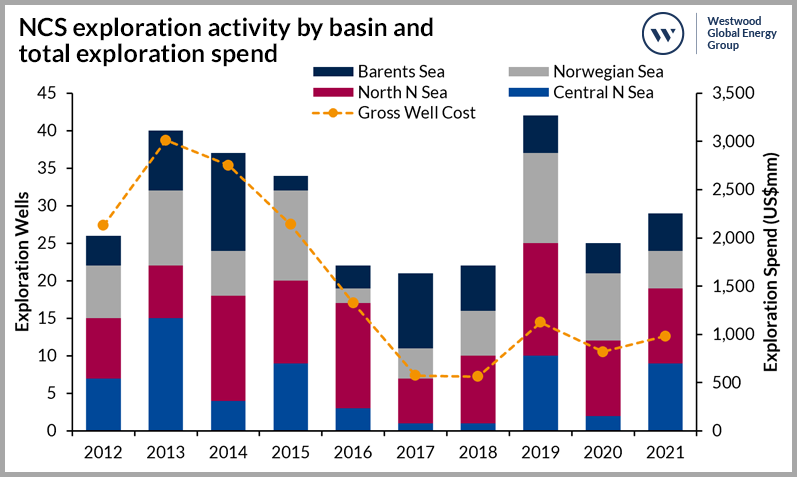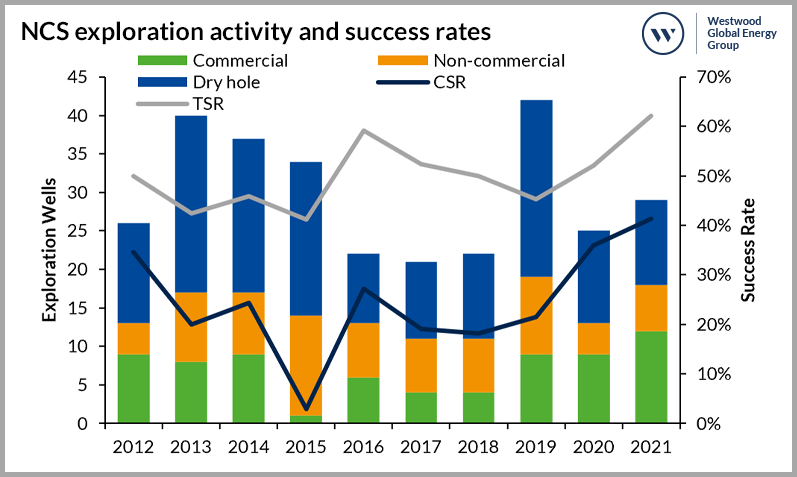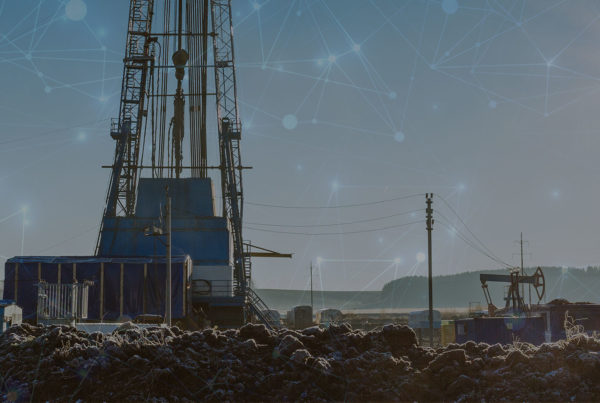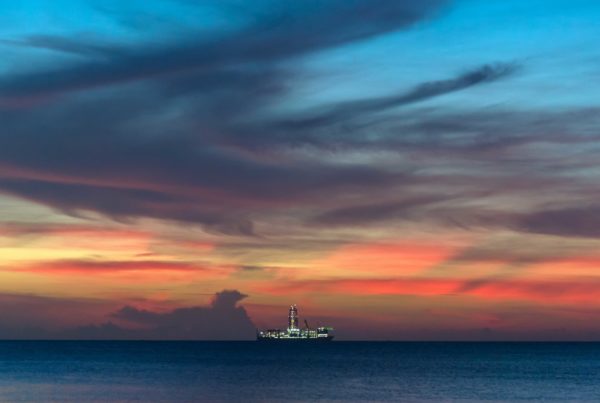Exploration activity over the last decade has been impacted by two major oil price crashes and a global pandemic, which have resulted in large fluctuations in drilling costs, exploration performance and discovered volumes. Despite the maturity of the Norwegian Continental Shelf (NCS), Norway continues to be a global hotspot for exploration. An extensive infrastructure base, fiscal incentives for exploration and a wide range of plays in four distinct basins have attracted multiple explorers to the region. The country does, however, continue to mature and this has been evident by fewer high impact (HI) discoveries and decreasing average discovery sizes.
The Norway State of Exploration report analyses activity and performance of exploration wells that have been drilled on the NCS between 2012 and 2021, as well as the results to date for 2022 and an outlook for the remainder of the year.
Report Highlights
- A total of 298 exploration wells were drilled between 2012 and 2021 in Norway with an estimated total exploration spend of US$15.4 billion (Figure 1).

Figure 1: NCS exploration activity by basin and total exploration spend, 2012-2021
Source: Westwood Atlas and Wildcat
- Exploration performance has fluctuated over the 10-year period, but the average commercial success rate (CSR) was 24% and the technical success rate (TSR) was 49% (Figure 2). 71 commercial discoveries were made with total resources of 3.3 bnboe, at a drilling finding cost of US$4.6/boe (Figure 3). There were only six commercial discoveries >100 mmboe, reflecting the decreasing discovery size as the NCS matures.

Figure 2: NCS exploration activity and success rates, 2012-2021
Source: Westwood Atlas and Wildcat

Figure 3: Oil and gas discovered resources and drilling finding costs, 2012-2021
Source: Westwood Atlas and Wildcat
- The Northern North Sea (NNS) was the top performing basin on the NCS in terms of CSR (34%) and discovered volumes (1.1 bnboe). The Barents Sea has continued to disappoint in terms of CSR and the number of discoveries made, however, it has delivered over 1 bnboe of commercial resources at the lowest finding cost, compared to other basins.
- The most drilled and best performing play in terms of commercial success and discovered resources was the Middle Jurassic with 1.7 bnboe from 91 wells and a CSR of 36%.
- Infrastructure-led exploration (ILX) drilling accounted for c. 60% of all activity and spend and contributed 2.1 bnboe with a CSR of 35%. The proportion of ILX drilling is expected to trend upwards as companies look to sustain production levels in older hubs and have an increasing focus on lower risk, short-cycle opportunities.
- There were only 13 discoveries made from HI wells between 2012 and 2021, giving a CSR of just 11%. Total resource discovered was c. 1.5 bnboe, however 65% of this was discovered in the early part of the decade in the Barents Sea.
- Over 80 companies participated in exploration drilling, 36 of which participated in 10 or more wells. Companies that have been most successful have either been involved in the high impact discoveries of the decade or have targeted the more successful plays such as the Middle Jurassic. ILX focused exploration portfolios delivered more consistent performance, with higher commercial success rates and lower finding costs but with smaller average discovery sizes. Exploration success that can be brought onstream quickly remains attractive.
- Despite the maturity of the NCS and recent global events, exploration activity is expected to remain buoyant. Westwood’s current expectations for 2022 are that 35 exploration wells could be drilled, targeting total resources of 2.5 bnboe. Going forwards however, more companies are likely to focus on lower risk ILX drilling to sustain production levels in existing hubs and that can provide short-cycle opportunities.
Emma Cruickshank, Head of Research – NW Europe
[email protected]
Alyson Harding, Technical Manager – NW Europe
[email protected]
For more information on how to access the Norway State of Exploration report please contact [email protected] or complete the form below.






